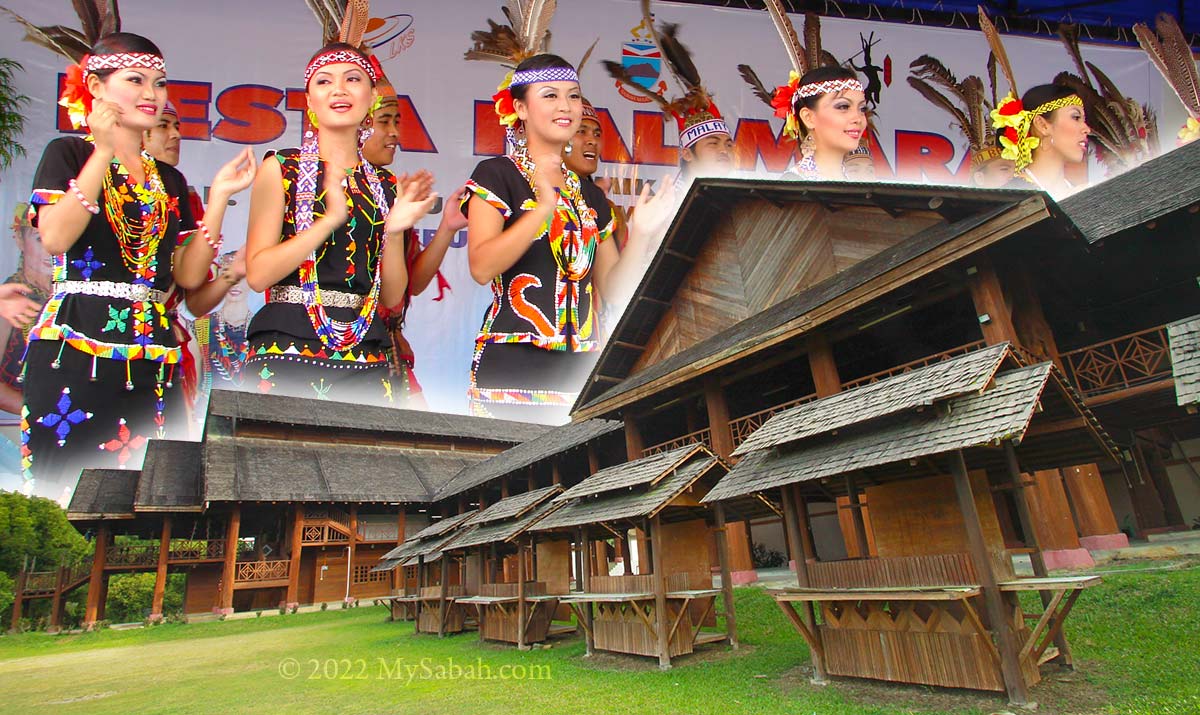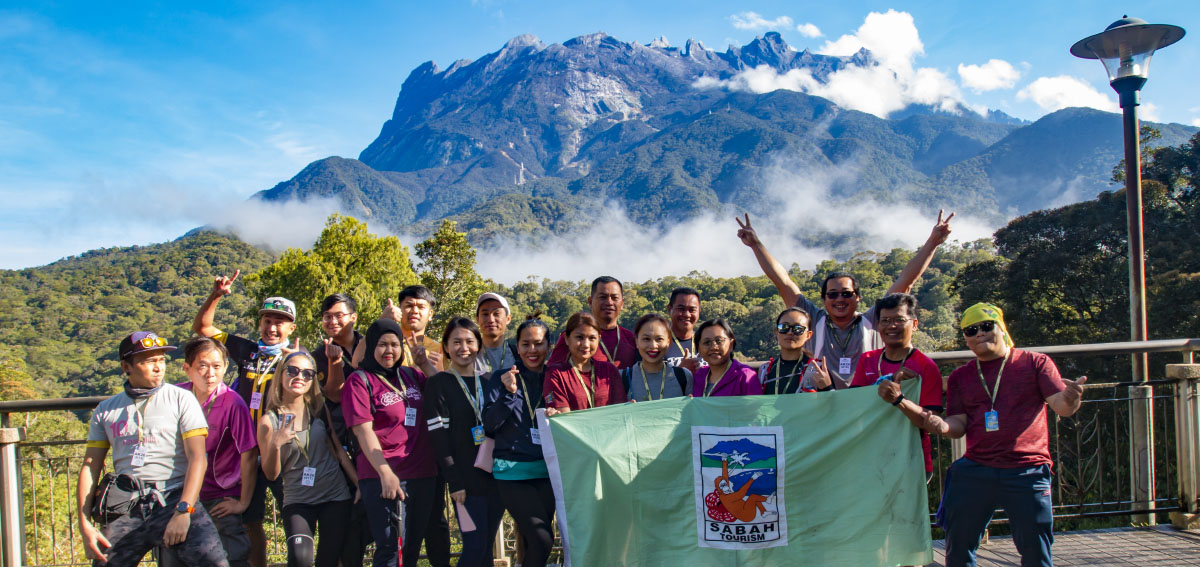Though headhunting practice is a thing of the past, Murut people are always branded as the fearsome headhunters, so Sabah can market our cultural tours to tourists who love such stories. Was Murut really a savage and simple-minded tribe? A visit to Murut Cultural Centre (Local name: Pusat Kebudayaan Murut) in Tenom will change your views completely, when you are impressed by the rich heritage of Murut.
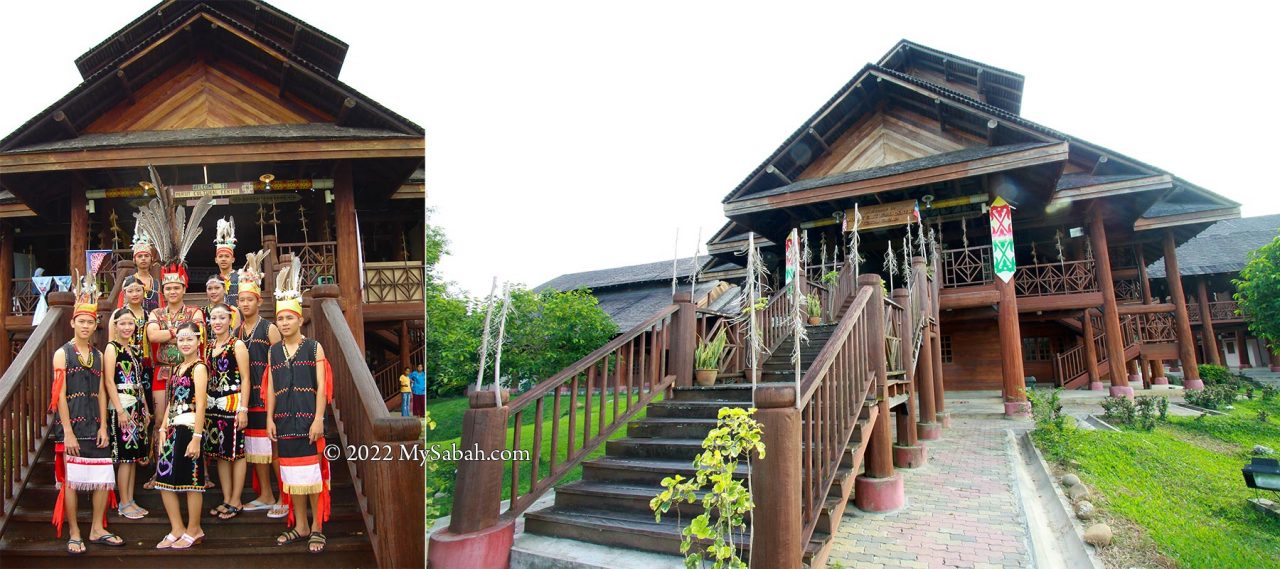
About Murut People
Murut means “Men of the Hill”, they migrated from Asia mainland to Borneo about 20,000 years ago and majority of them settle in the interior of Sabah (e.g. Tenom, Keningau) as farmers, fishermen and hunters. Murut women are skillful in weaving and bead-work too. Murut people are famous for their beautiful traditional costumes and energetic bamboo dance.
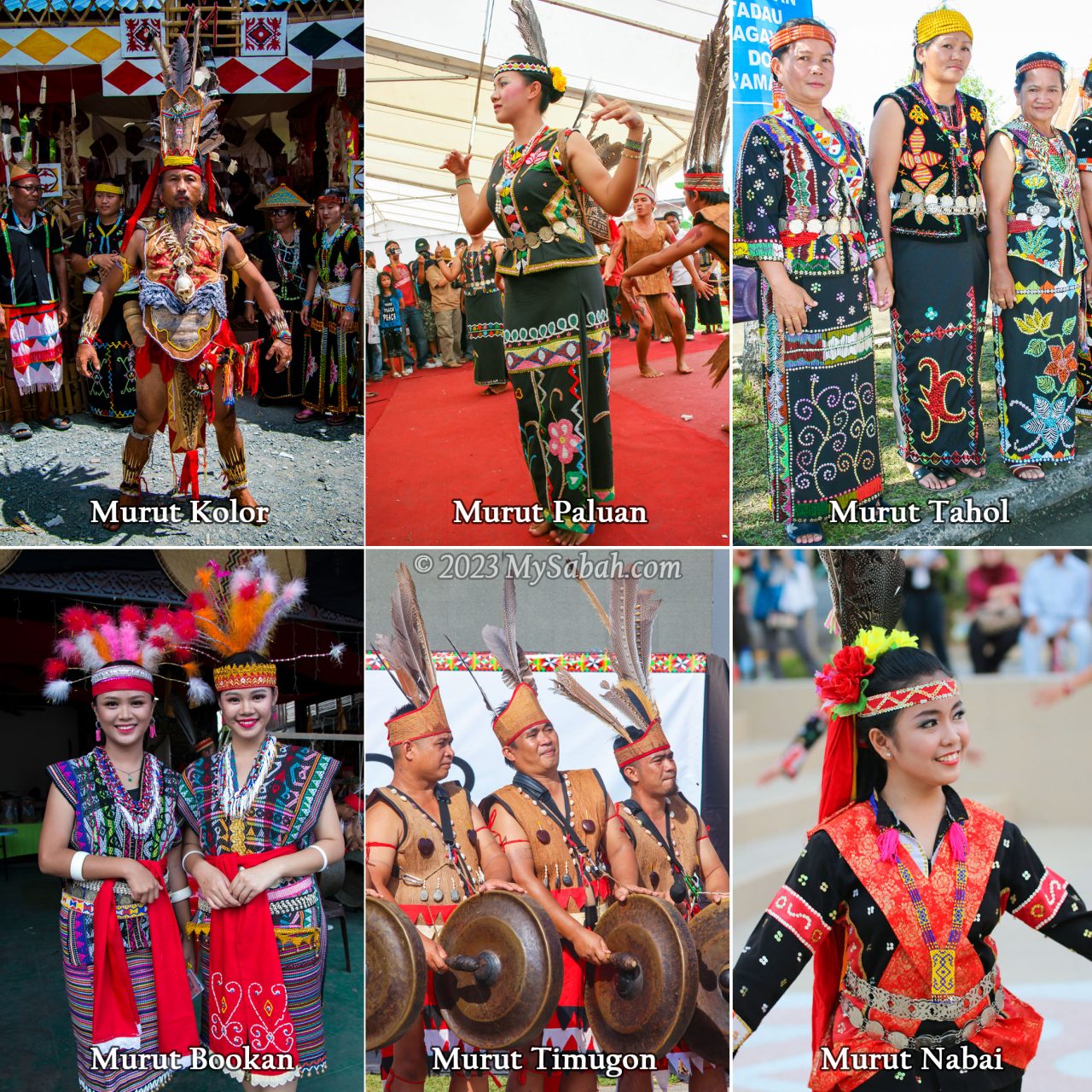
With a population of over 90,000, Murut is the third largest indigenous group of Sabah. Murut has over 10 sub-ethnics, eight of them are main groups, namely, Murut Tahol / Tagol, Murut Timugon, Murut Paluan, Murut Nabai, Murut Kolor, Murut Serudung (Murut Tawau or Serudong), Murut Baukan, and Murut Tenggala. Traditionally, Murut stays in longhouse.
Largest Ironwood Building in Borneo
Operating since 1998 and managed by Sabah Cultural Board, Murut Cultural Centre covers an area of 33 hectares and costs RM10.4 millions to construct. And the main building, which takes up 13.3 hectares of space, is an art and longhouse by itself, and it’s the largest ironwood building in Borneo.
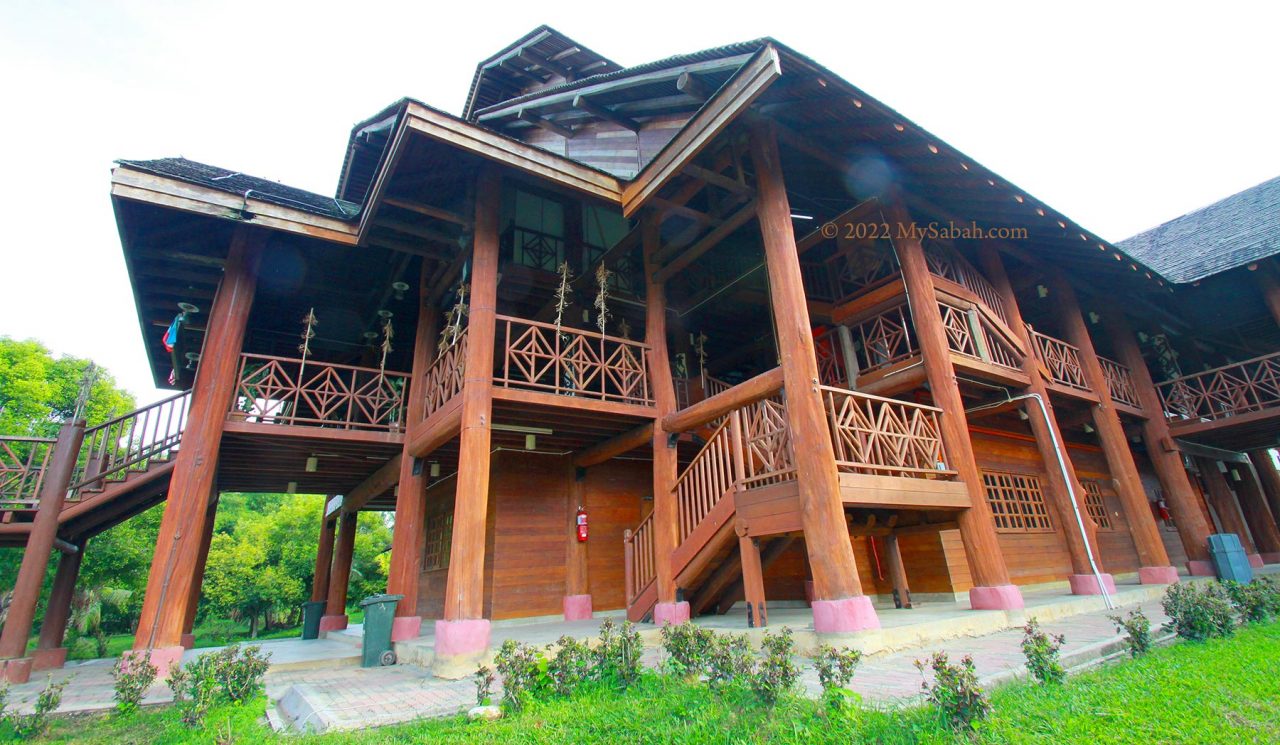
You can start your cultural journey after you beat the gong three times at the entrance, to show respect to the Murut’s custom Tuka-Tuka, a way to announce your friendly visit to a longhouse. The Sininpung motif on the main pillar means unity, peace and harmony, to encourage goodwill in visitors.
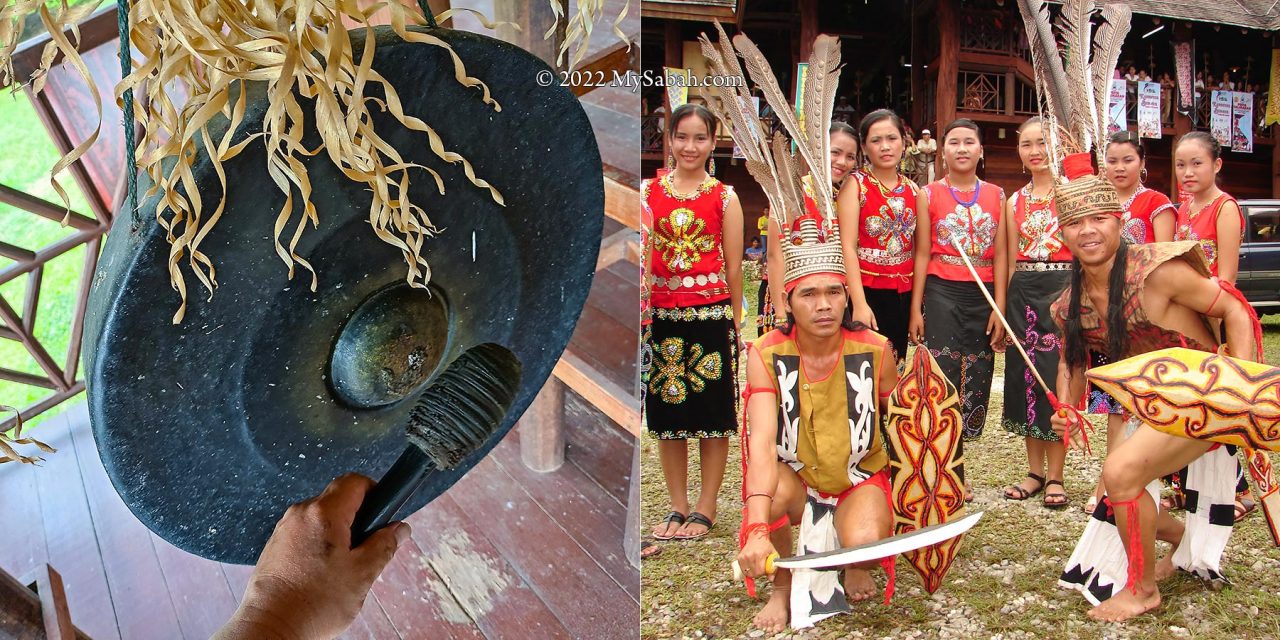
Ironwood Building
The pillars of Murut Cultural Centre are made from 207 logs of Borneo Ironwood (locally known as Belian). Belian (scientific name: Eusideroxylon zwageri) is one of the most precious and hardest timber in Southeast Asia. This rainforest hardwood is resistant to insects, termites, bacteria, fungi and marine borers, so building, ports and bridges built with Belian wood can last hundred of years.
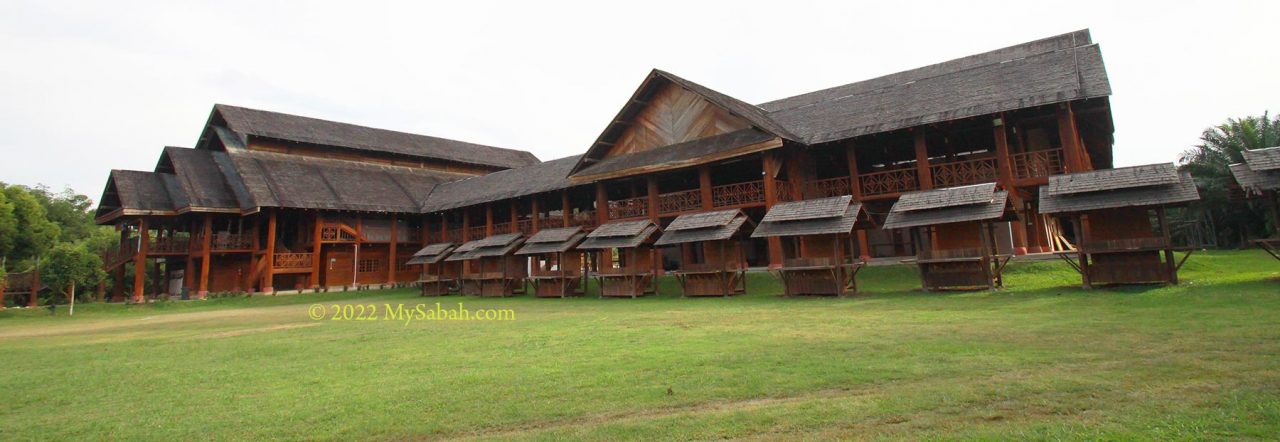
Furthermore, with a rate of mean radial growth of 0.058 cm per year, this slow-growing tree needs about 120 years to reach a diameter of 30 cm, like the size of ironwood pillars found in Murut Cultural Centre. Belian is so dense that it doesn’t float on water. However, ironwood is getting rare due to over-logging and loss of habitat.
Art Gallery
There are a few sections for you to explore in the main building. The first thing visitors will see is the exhibition of Sabah theme paintings and modern sculptures in main hall. Most, if not all, of the art pieces are inspired by different subjects related to Sabah.
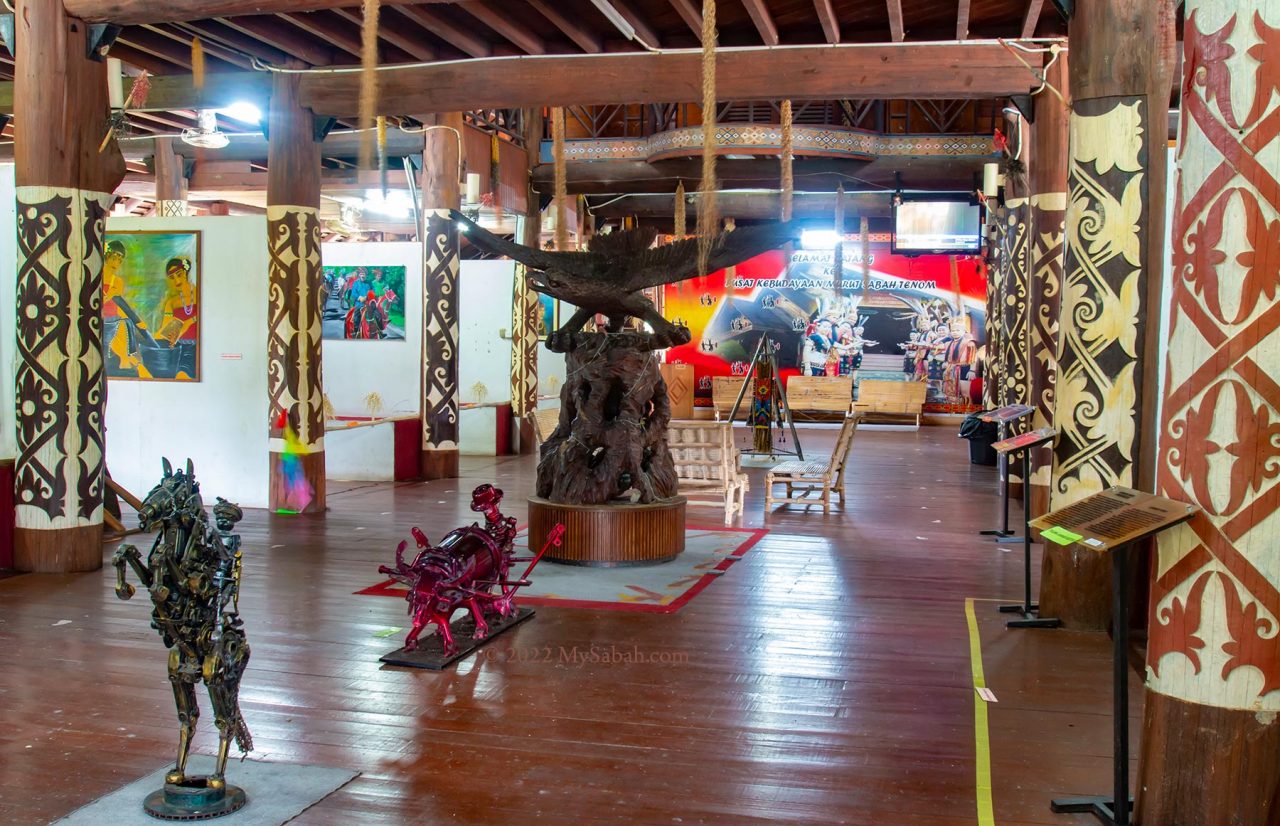
Sabah artists tend to use bright colours, so looking at the paintings is like seeing the world of Sabah through a kaleidoscope. Art gallery isn’t very common in Sabah, so I would say these interesting artworks of local talents are bonus to visitors.
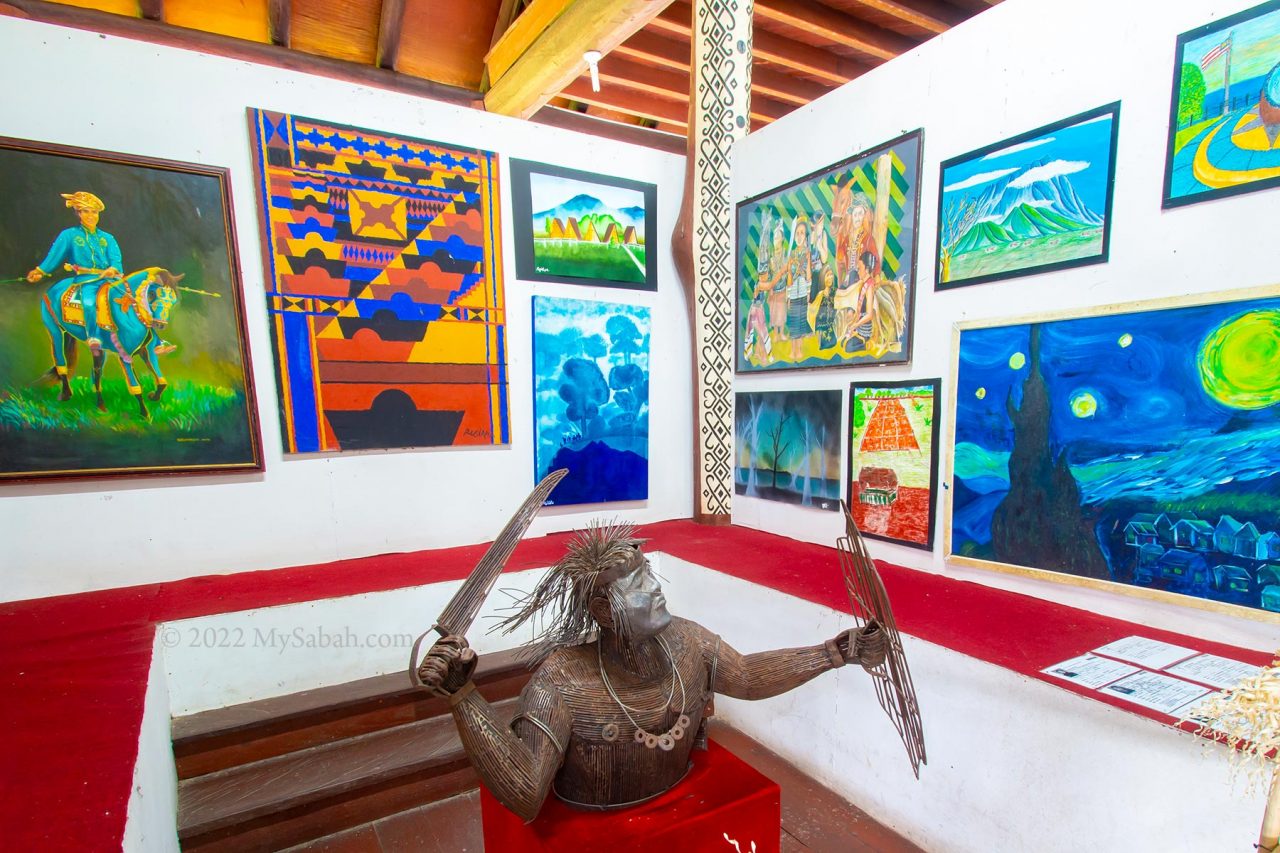
At both sides of the main hall are two long corridors that display items about the tools, musical instrument, wedding culture, history and lifestyle of Murut people. For example, gong, headhunter seats, wedding dais.
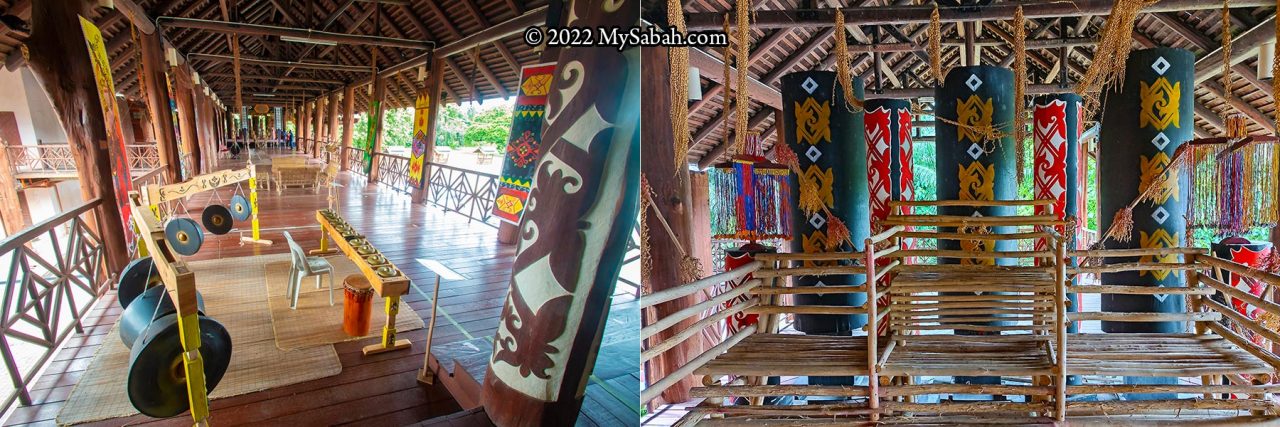
The important items are labeled with description in Malay and English. However, the information board that introduce the sub-ethnics and history of Murut is mostly in Malay language. There used to be a few mannequins dressed in traditional costumes of different Murut sub-ethnics, but I didn’t see them in my last visit in Dec 2021. Anyway, you can look at their photographs.
Jars Museum
On top floor of the main building is an exhibition of 10 ceramic jars (Tajau) from the Murut community. Most of them are antique, and the finest ones are from China merchants who traded with the locals in old days. Photo-taking in this section is forbidden, so I’m afraid I can’t show you more.
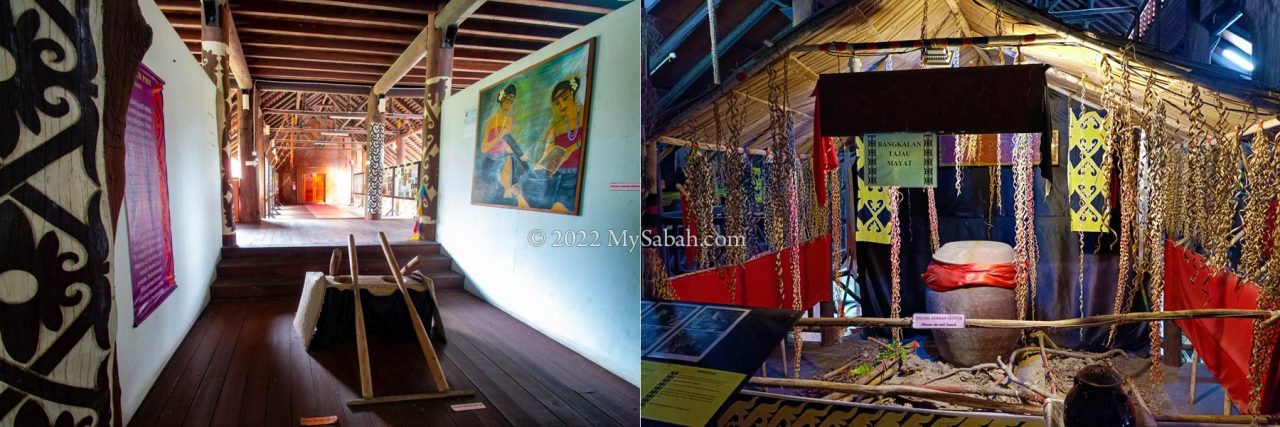
Jar is very important to Murut in the past. The jar was treated as wealth that could be exchanged for goods, passed on as heirloom, and a valuable gift in dowry. Murut uses jars for many purposes, for example, food storage, fermenting tapai (wine), burial. Burial? Yes, a 100-year-old burial jar (Bangkalan) is the highlight in the Jars Museum.
Traditional Motifs of Murut
Attentive visitors would notice the use of authentic Murut elements in the design and architecture of this Centre, especially the motif on the chiseled carvings on the pillars and interior panels. Murut didn’t have any written language, so they communicated their emotion or event by motif, which is carved or woven on wood, stone, or fabric materials.
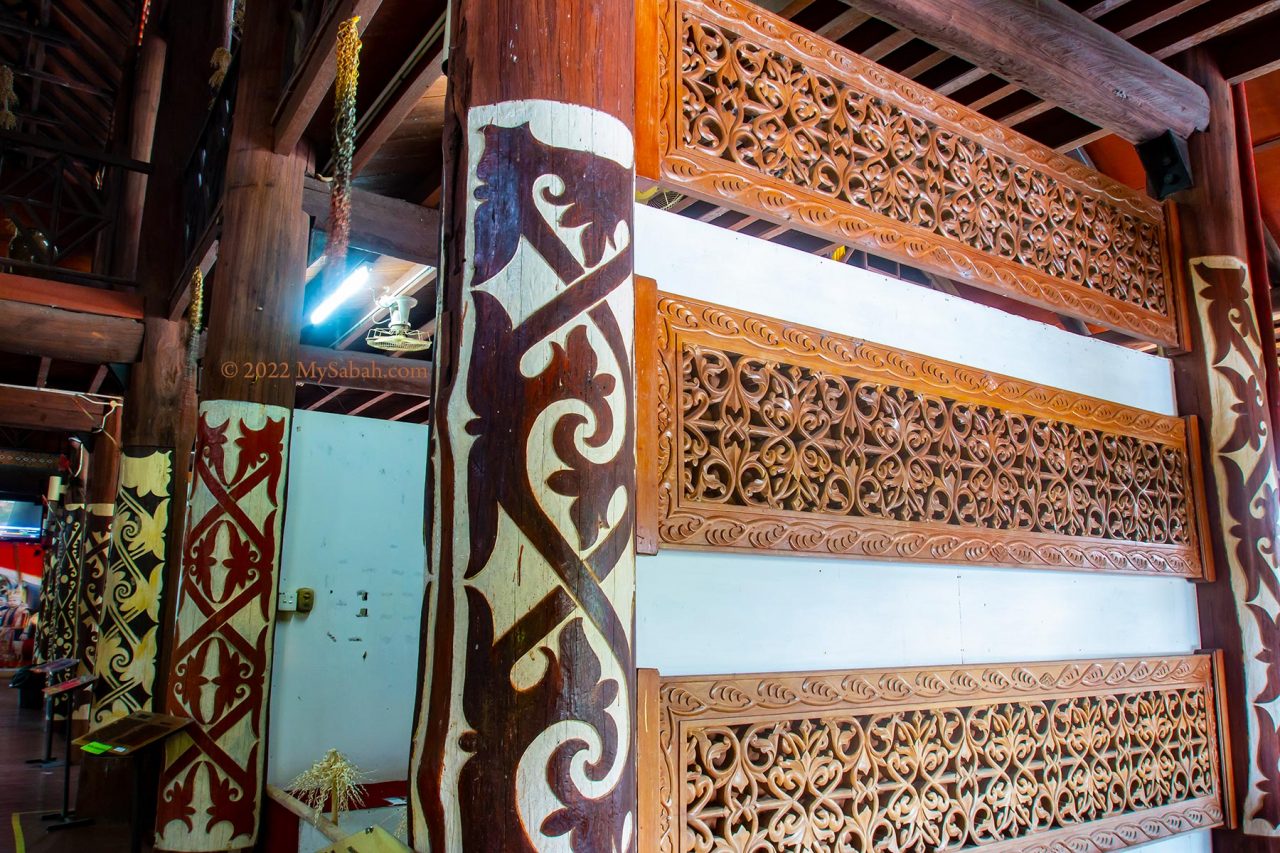
The following are the names and meaning of six interesting patterns (refer to the picture below for the illustration). Some have positive meaning, some are eerie:

- Nahulalan (Headhunting Competition): Competition between two men to claim the warrior title. Whoever harvested the most heads is the winner.
- Pinandayun (Craft Battle): To announce publicly a craft-making competition between two girls in argument. The girl produces the most crafts will win. Loser will be punished by native law (sagit).
- Sininpung (We are United): This carving is placed in the living room of the longhouse, to remind the communities to live together in peace and harmony.
- Nansingap (Do Not Enter): Stop. Dangerous animal traps inside this forest / area.
- Nangkawo / Nandikar (Heart-broken): Carved by man to inform the community that he is sad to break up with a girl he loves. Murut even has a Nilikar motif that announces a divorce.
- Nambuyunan (Causing Madness): Because this pattern is so difficult to create that it turned a weaver insane.
Other Attrations
Outside the main building are two places where you can explore.
1. Exhibition Hall
It’s a small building with exhibition hall that displays about 20 traditional weapons, farming & fishing tools, baskets, beads, and musical instrument used by the Murut. The must-see items are the hundred-year-old headhunting machete (real one!), tortoise shell idiophones and blowpipe (Sumpit).
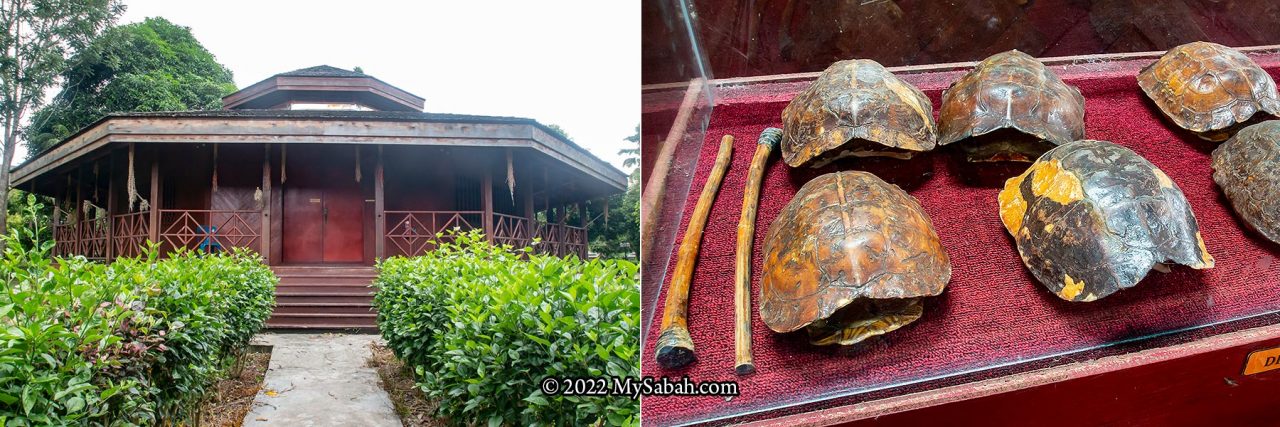
Can you guess what the items below do? (Answers are in the captions)
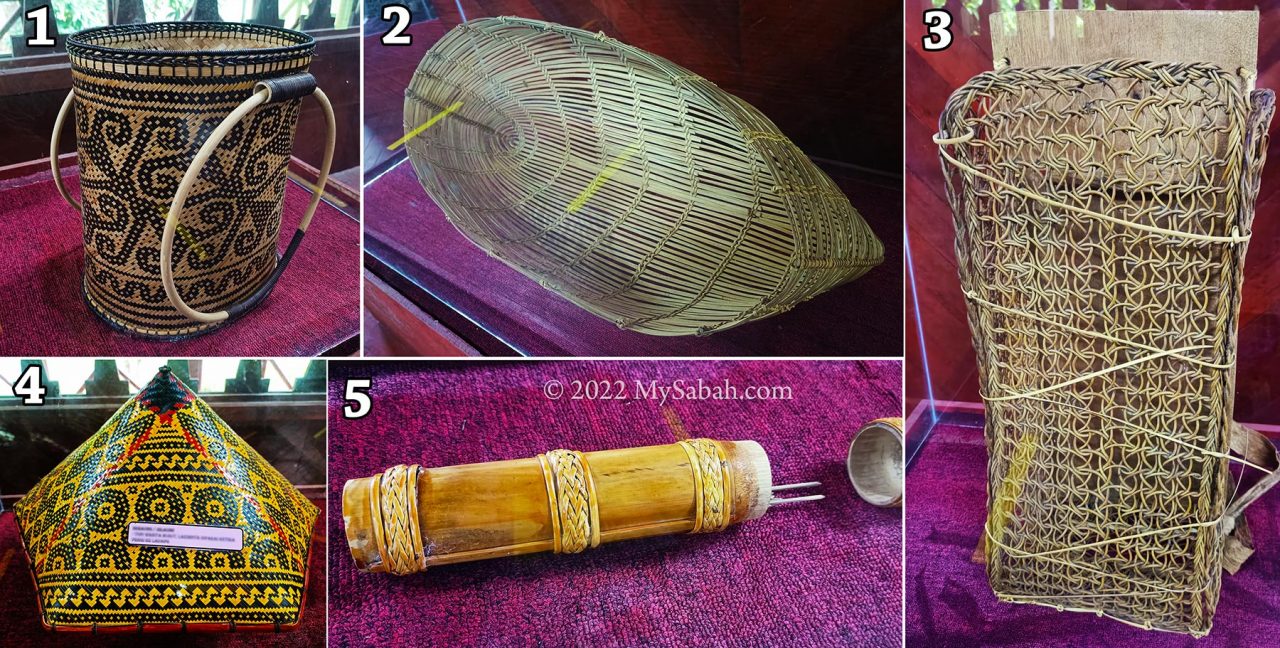
2. Murut Longhouse
For some fun, you can try the Lansaran in the longhouse. Lansaran is a native trampoline powered by bouncing force of elastic log (Kayu bulat) stacked under the platform. To generate enough spring force to jump high, a few people need to work together to push the platform downward with their feet rapidly and repeatedly in rhythm.
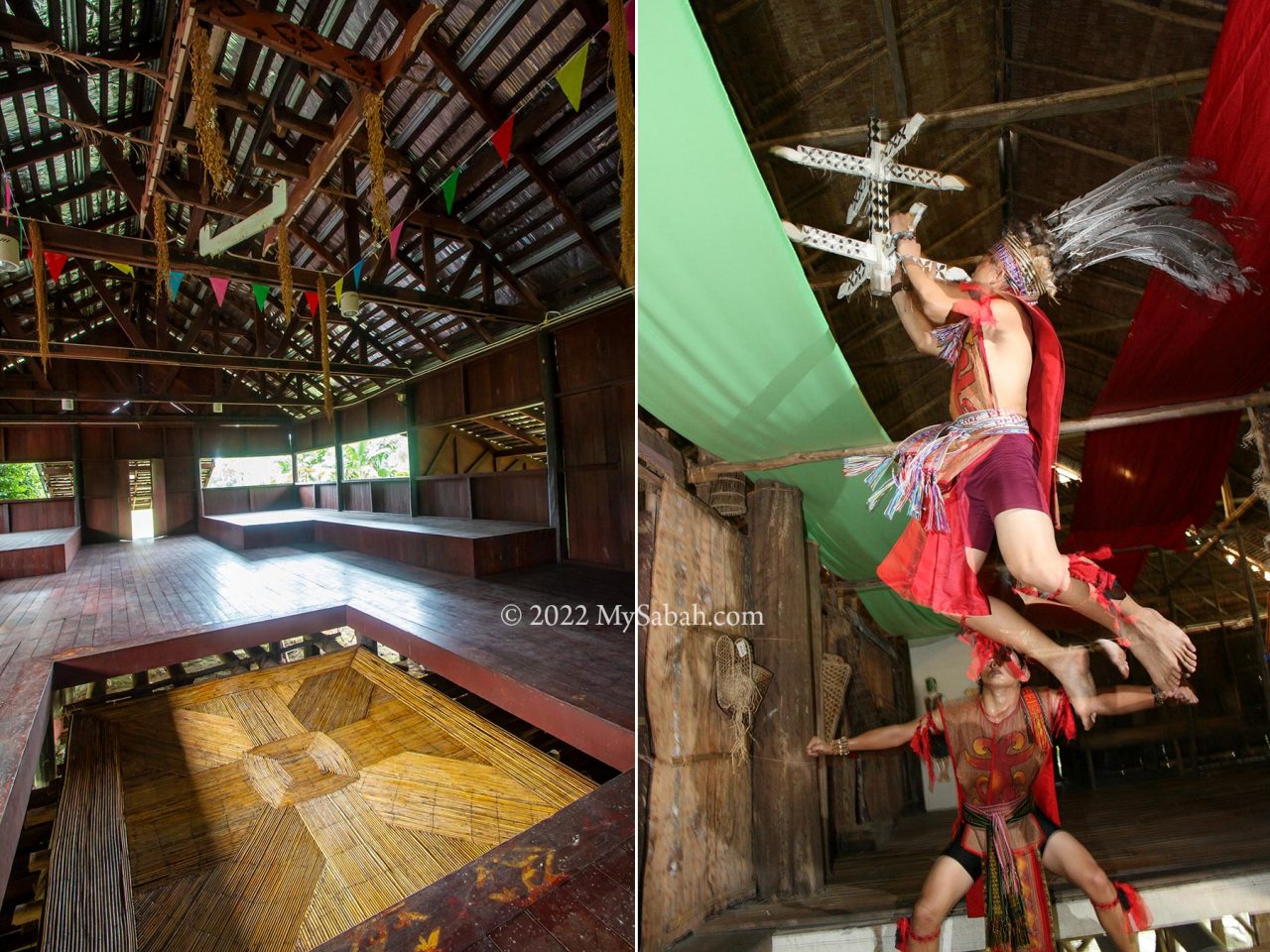
Then the player in the centre uses the momentum to reach the Kinkilat (or singkowoton, a decorative object) about 10 feet above. Without good coordination, this will be a mission impossible. I would not recommend this activity to small kids, as they would lose balance and injure themselves.
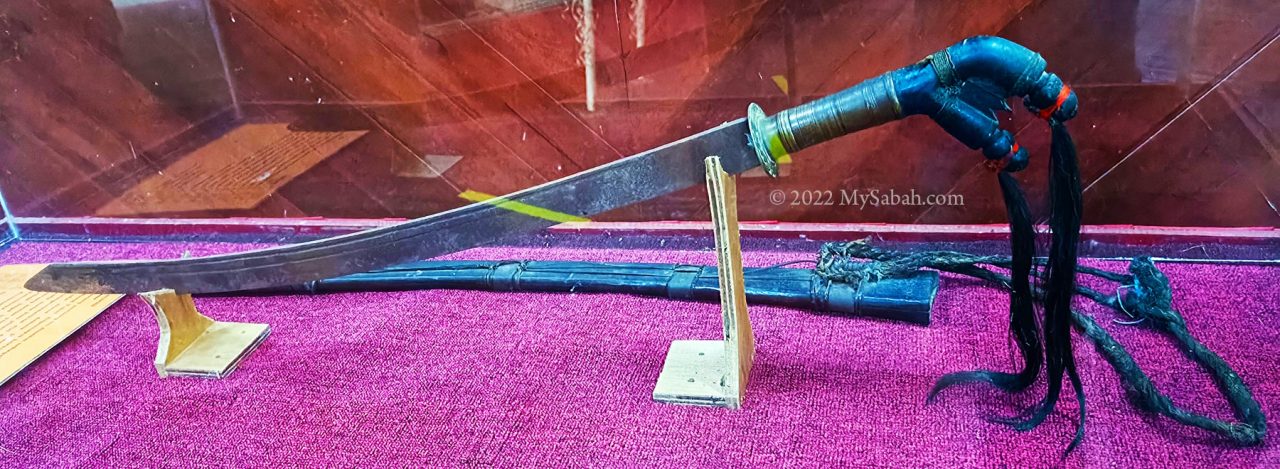
I wish the Centre adds a new gallery that showcases the history of headhunting and the spiritual beliefs behind it, as one of the dark tourism products.
Kalimaran Festival
In normal days, Murut Cultural Centre isn’t an exciting place to visit, and guided tour is not available. Therefore, the best time to visit is during Kalimaran Festival, which is celebrated in March or April every year, and the biggest cultural event of Sabah Murut.
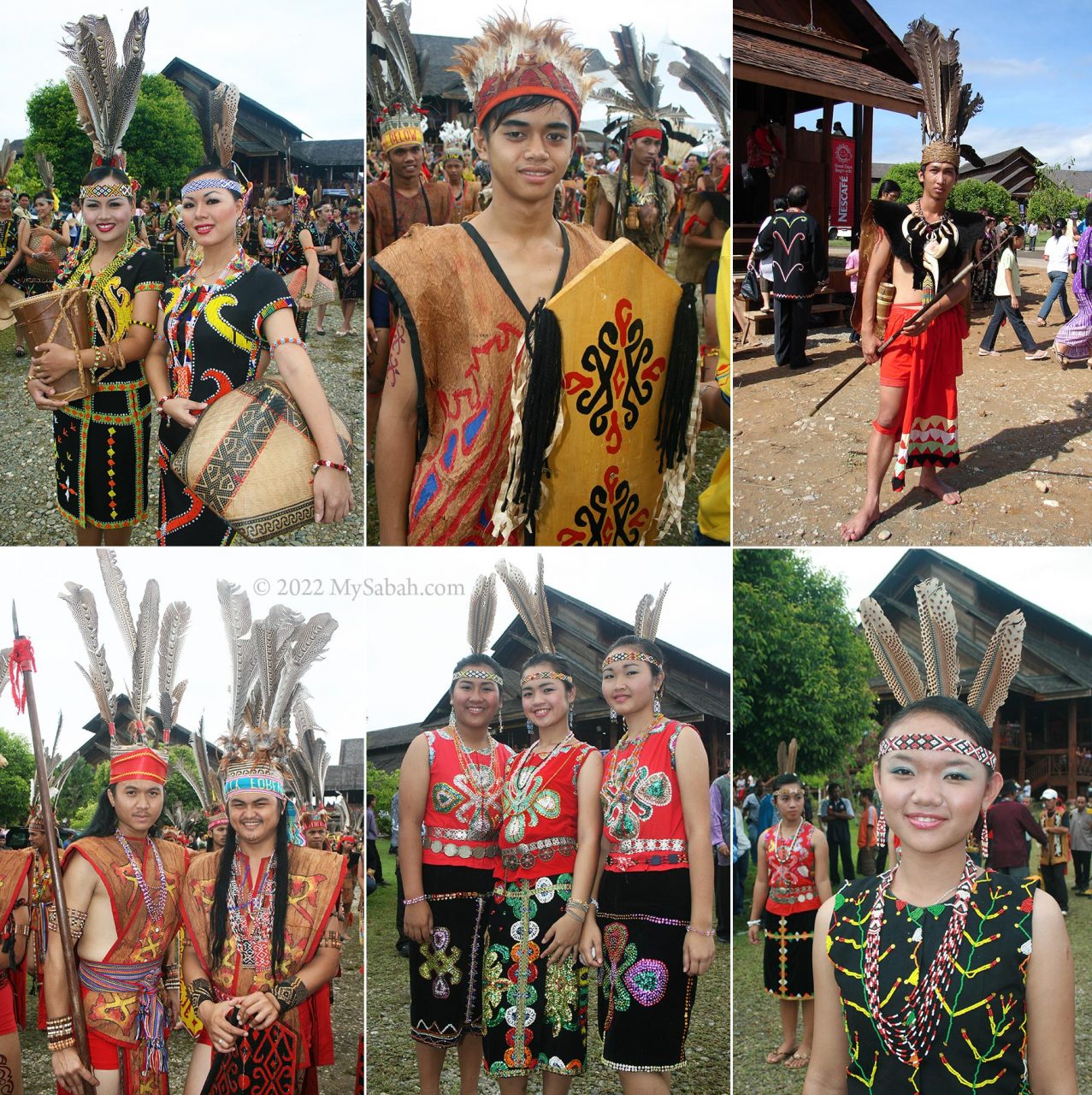
During the festival, hundreds of Murut people from all over Sabah will put on their most gorgeous traditional customes for this annual party. You will be amazed by the dance performance, beauty pageant, tapai sipping, and mock wedding lined up for tourists.
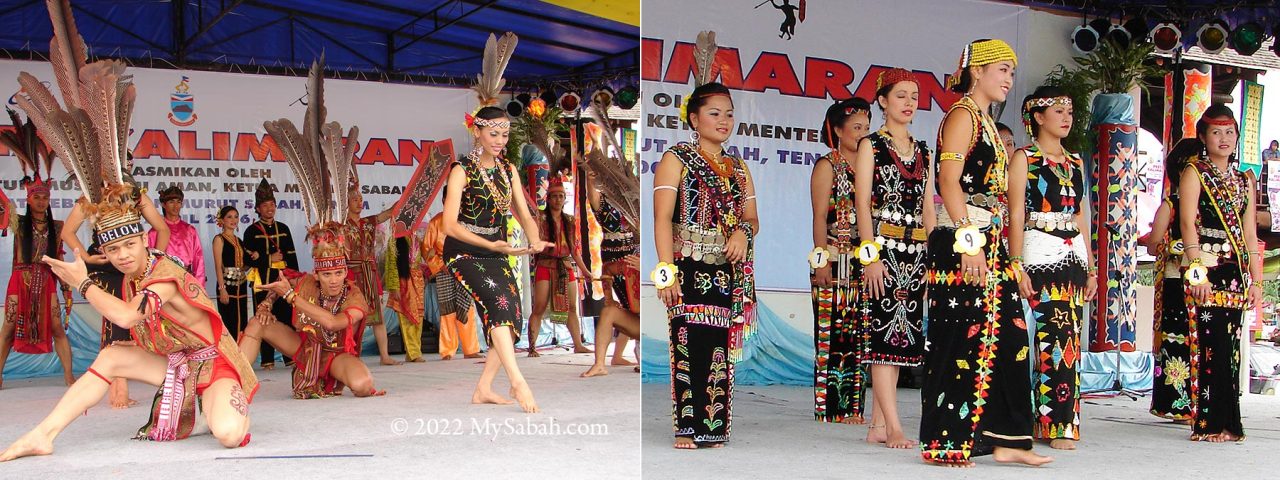
Getting there
Murut Cultural Centre is located in Kampung Inalisan Pulong of Tenom, which is about 138 kilometres away from Kota Kinabalu City, the capital of Sabah, and 13 Km from Tenom town (see Location Map), highly accessible by highway and paved road. The signage and entrance are on the roadside and easy to spot.
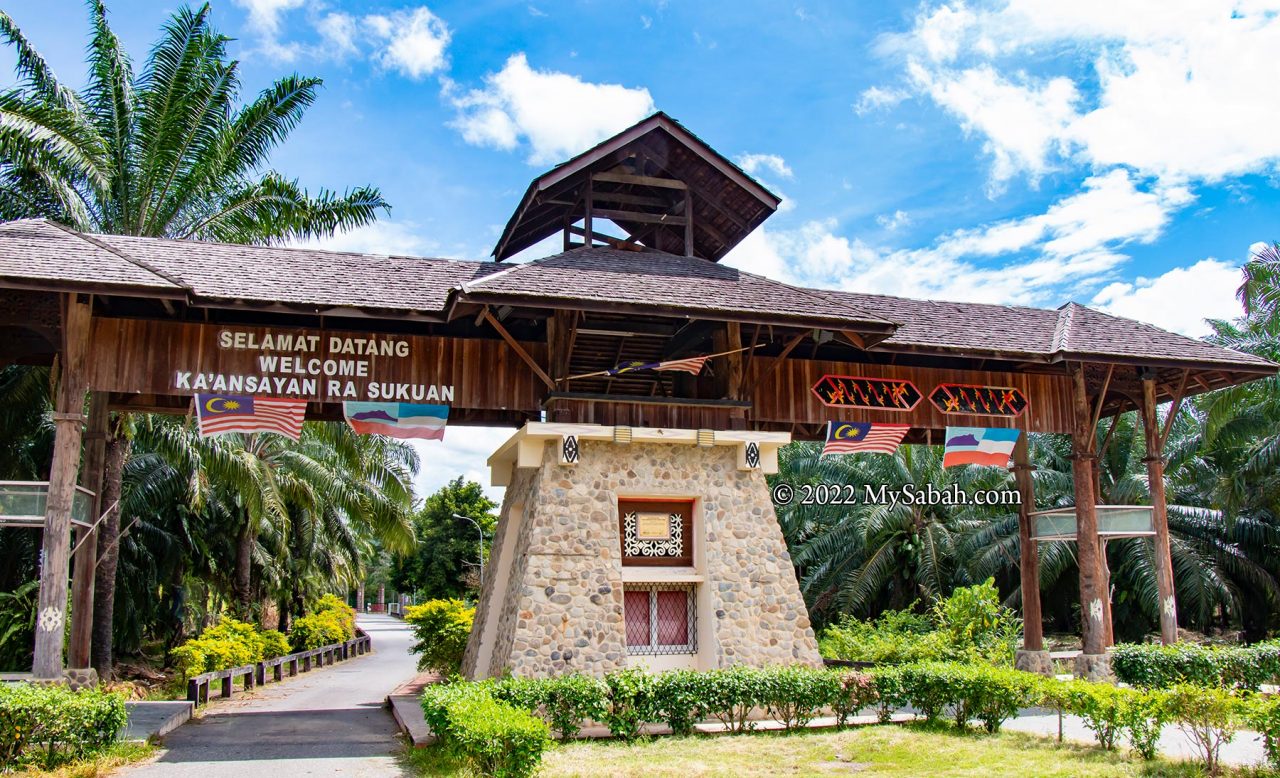
Entrance Fee
Visitor needs to purchase a ticket to enter the Murut Cultural Centre.
| Visitor | Adult | Student |
|---|---|---|
| Malaysian | RM5 | RM3 |
| Non-Malaysian | RM10 | RM5 |
*20% discount on ticket prices for disabled students (Handicapped or OKU)
Opening Hours
Note: The actual opening hours could be changed (and different to their official announcement online) due to travel restrictions. Please call them to confirm.
Monday – Friday: 8.30am – 4.30pm
Saturday: 9.00am – 4.00pm
Sunday: 9.00am – 2.00pm
Contact
Phone: +60 87-302421, +60 11-65749522
Website: culture.sabah.gov.my
Facebook: PusatKebudayaanMurut
E-mail: pkmstenom@gmail.com
Photos taken in Tenom, Sabah, Malaysia Borneo
